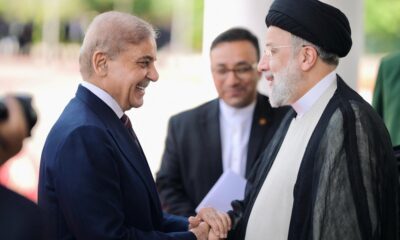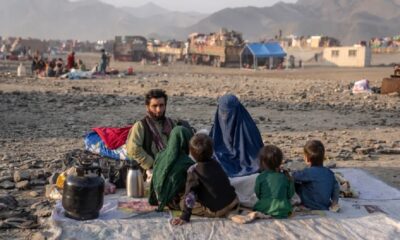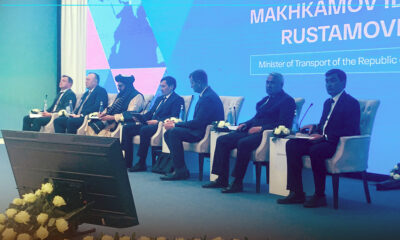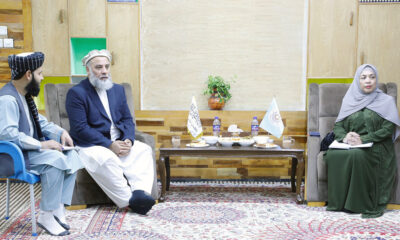Latest News
UNAMA documents 5,939 civilian casualties in first nine months of 2020
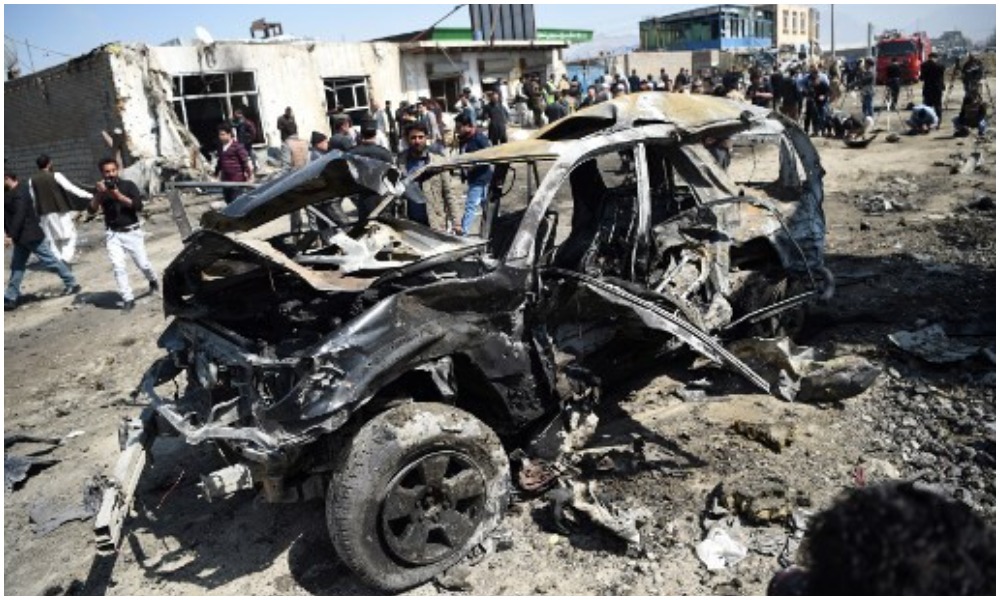
In a new report released Tuesday, the UN Assistance Mission in Afghanistan (UNAMA) said the overall civilian casualty figure for the first nine months of this year had dropped by about 30 percent against the same period last year but that the harm done to civilians remains inordinate and shocking.
In their latest quarterly report, UNAMA documented 5,939 civilian casualties (2,117 killed and 3,822 injured) from 1 January to 30 September 2020.
In their report, the mission said: “High levels of violence continue with a devastating impact on civilians, with Afghanistan remaining among the deadliest places in the world to be a civilian.”
UNAMA stated that while the number of civilian casualties documented is the lowest in the first nine months of any year since 2012, “the harm done to civilians remains inordinate and shocking.”
Once again the mission called on all parties to the conflict to end the violence. They said the parties “can and must do more to protect civilians from harm by urgently reviewing practices and strengthening mitigation measures, as well as working towards an end to the fighting – the only way to definitively stop conflict-related civilian casualties.”
UNAMA noted however that there had been no reduction in the documented number of civilian casualties, caused by parties involved in the current peace talks, since intra-Afghan negotiations started in September in comparison to previous weeks.
The mission said the period from 1 October is outside the scope of UNAMA’s latest quarterly report, but “raises its increasing concern over the intensification of the fighting in Helmand, as well as several indiscriminate attacks in Nangarhar, Laghman and Ghor along with an airstrike in Takhar and a suicide attack targeting civilians in Kabul that taken together killed and injured more than 400 civilians.”
“The peace talks will need some time to help deliver peace. But all parties can immediately prioritize discussions and take urgent, and frankly overdue, additional steps to stem the terrible harm to civilians,” said Deborah Lyons, the Secretary-General’s Special Representative for Afghanistan.
“New thinking and concrete action towards safeguarding civilian life will not only save thousands of families from suffering and grief but it can also help lessen recriminations and, instead, bolster confidence and trust among negotiators,” said Lyons, who is also head of UNAMA.
The mission stated that more than four out of every ten civilian casualties are children or women. Child casualties amounted to 31 percent of all civilian casualties in the first nine months of 2020, and women casualties 13 percent. UNAMA found that Anti-Government Elements (AGEs) remain responsible for the majority of civilian casualties (58 percent).
The mission also stated that attacks causing civilian casualties carried out by undetermined AGE increased. “There were more incidents, especially in relation to the use of IEDs and targeted killings, in which UNAMA could not determine which AGE group was responsible,” the report read.
“This also corresponds with a decrease in the number of incidents for which the Taliban or Islamic State of Iraq and the LevantKhorasan Province (ISIL-KP) claimed responsibility.”
Pressure-plate IEDs, used by the Taliban, function in Afghanistan as anti-personnel landmines continued to cause serious harm to civilians. The report stated that of the civilians killed by such devices, 31 percent were children and 12 percent were women.
UNAMA called on the Taliban to meet its commitments and “cease using these illegal weapons that wreak such harm on Afghan civilians.”
The mission said it also remains concerned about attacks deliberately targeting civilians, including education, health and humanitarian workers, members of the judiciary, tribal elders, religious leaders and civilian government employees.
However, ground engagements, mainly between the Taliban and the Afghan national security forces, caused the most civilian casualties, responsible for more than one-third of all civilian casualties.
This was followed by suicide and non-suicide IEDs (29 percent), targeted killings (16 percent) and airstrikes (eight percent).
Pro-Government Forces (PGFs) were responsible for more than a quarter of all civilian casualties – 28 percent and Afghan national security forces (ANSF) were responsible for 23 percent of all civilian casualties; a similar number was recorded in the first nine months of 2019.
UNAMA said almost half of civilian casualties by PGFs is caused by indirect fire, such as howitzers, mortars, rockets and grenades, often used in civilian-populated areas. “Women and children comprise almost three out of four civilian casualties from the use of these weapons by PGFs, as the projectiles often land near, or on, civilian homes,” read the report.
The mission said it was also concerned about the 70 percent increase of civilian casualties caused by Afghan Air Force airstrikes that accounted for most of the airstrike civilian casualties, which overall amounted to eight percent of civilian casualties.
On the issue of peace talks, UNAMA said the negotiations offer an opportunity for parties to the conflict to consider the irreversible loss and devastating effect that the war has had on Afghans, to acknowledge this with victims, and to address their rights to truth, justice, compensation, and reparation for the harm suffered.
“Our interviews with victims and their families reveal the near complete failure of parties to the conflict to acknowledge harm caused, nor even to make contact with them following an incident,” said Fiona Frazer, UNAMA’s Human Rights chief.
“The parties could, at minimum, acknowledge the pain caused, and look toward ways to help build reconciliation among the millions of Afghans who have suffered loss but whom desire an acknowledgement of what has happened to them, and a sustainable peace.”
Latest News
Iran, Pakistan leaders raise concerns over ‘terrorist groups’ in Afghanistan
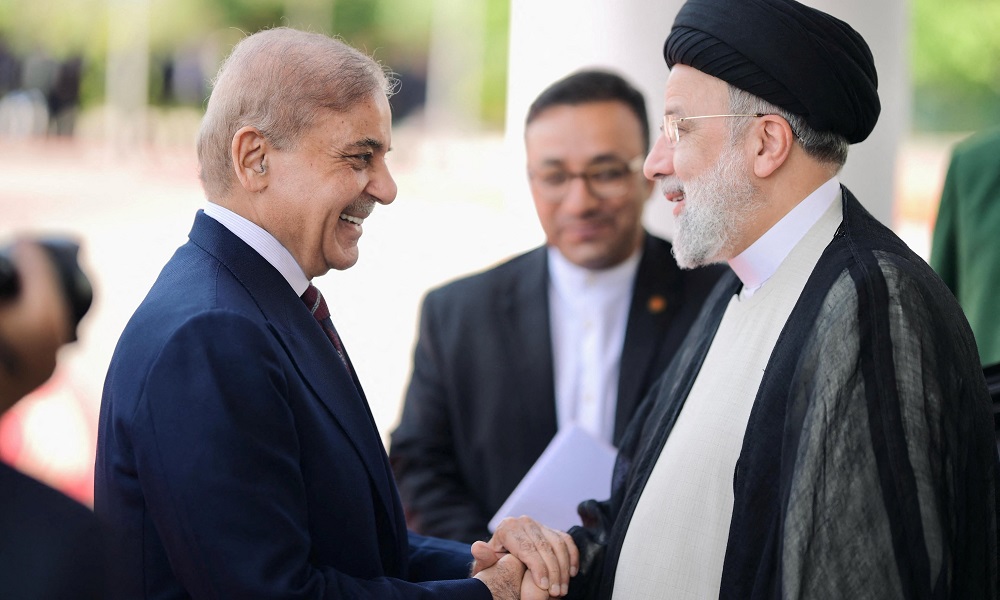
Following a two-day official visit to Pakistan, Iranian President Ebrahim Raisi and Pakistan’s Prime Minister Shehbaz Sharif issued a joint statement emphasizing the need to further expand commercial and economic cooperation and transform the common border of the two countries from a “border of peace” to “border of prosperity”.
The two leaders also strongly condemned aggressions and crimes of Israel in Gaza, and demanded an immediate and unconditional ceasefire, as well as unimpeded humanitarian access to the besieged people of Gaza.
Numerous other issues were also discussed but on the topic of Afghanistan, they jointly declared their commitment to the development of Afghanistan as a peaceful, united, independent country free from the threats of terrorism and drug trafficking.
According to the statement the two countries pointed out that the existence of terrorist organizations in Afghanistan is a serious threat to the security of the region and the world.
The two sides stressed their desire to strengthen cooperation in the field of fighting terrorism and ensuring security and creating a united front against terrorism.
They also discussed the importance of coordinating regional and international efforts to ensure security and stability in the region.
“While respecting the sovereignty and territorial integrity of Afghanistan, the two sides recognized that increasing participation of all strata of Afghans in basic decision-making will lead to the strengthening of peace and stability in this country,” the statement read.
Latest News
Over 1,000 Afghan refugees forced out of Pakistan in one day

The Ministry of Refugees and Repatriations (MoRR) says over 1,000 Afghan migrants were forcibly returned from Pakistan on Tuesday through Spin Boldak border crossing in Kandahar province, the ministry said in a statement.
The ministry stated that based on information provided by the Spin Boldak Kandahar border command, these returnees comprised 191 families, totalling 998 people.
In addition, three migrants released from Pakistani prisons were also returned, according to the statement.
The statement added that after registering the returnees, the refugees were referred to the offices of the International Organization for Migration (IOM), the World Food Program (WFP) and the United Nations High Commissioner for Refugees (UNHCR).
Each family received 10,000 afghanis – paid to them by the Islamic Emirate.
In another statement, the ministry said that 2,783 migrants living in Iran voluntarily and forcibly returned to the country during this week.
Latest News
Afghanistan’s minister of transport and aviation attends regional meeting in Uzbekistan

Hamidullah Akhundzadeh, acting Minister of Transport and Aviation, headed a delegation to Uzbekistan for a ‘Six-Party Corridor’ meeting that included representatives from Afghanistan, Russia, Belarus, Pakistan, Kazakhstan and Uzbekistan.
On the sidelines of this meeting the Afghanistan delegation discussed trade through the corridor with the other five relevant countries.
According to the ministry of transport and aviation, Akhundzadeh met with the deputy ministers of transport of Russia and Belarus.
He also discussed ways to expand transit between Afghanistan and Russia; and Afghanistan and Belarus, and provide the necessary facilities to achieve this.
The ministry added that the acting minister had a bilateral meeting with the Minister of Transport and the Special Representative of the President of Uzbekistan on Afghanistan and discussed the expansion of road transport between the two countries.
-
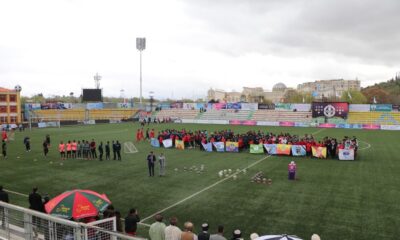
 Sport5 days ago
Sport5 days agoAfghanistan Champions League kicks off with grand opening ceremony
-
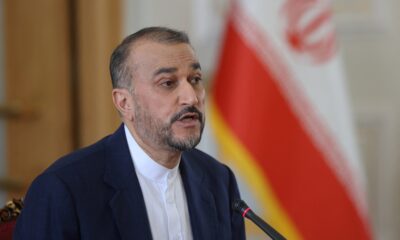
 Regional5 days ago
Regional5 days agoIran’s foreign minister downplays drone attack, says Tehran investigating
-
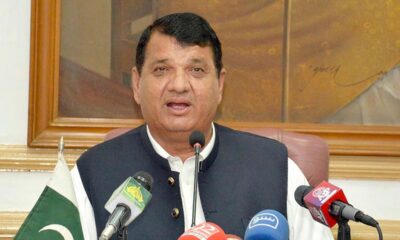
 Latest News4 days ago
Latest News4 days agoPakistan’s frontiers minister stresses ‘dignified’ return of Afghan refugees
-

 Business5 days ago
Business5 days agoAfghanistan’s economic prospects are bleak: World Bank
-
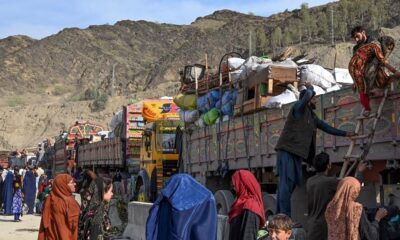
 Latest News5 days ago
Latest News5 days agoMore than 800 Afghan refugees deported from Pakistan in two days
-
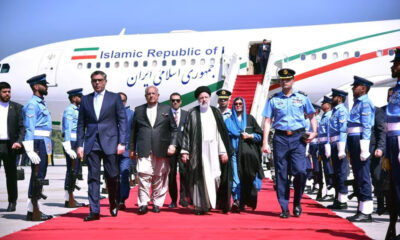
 Regional3 days ago
Regional3 days agoIranian president lands in Pakistan for three-day visit to mend ties
-

 Climate Change3 days ago
Climate Change3 days agoMassive river flooding expected in China, threatening millions
-

 Latest News4 days ago
Latest News4 days agoChinese keen to invest in Panjshir-Kabul water conduit project


